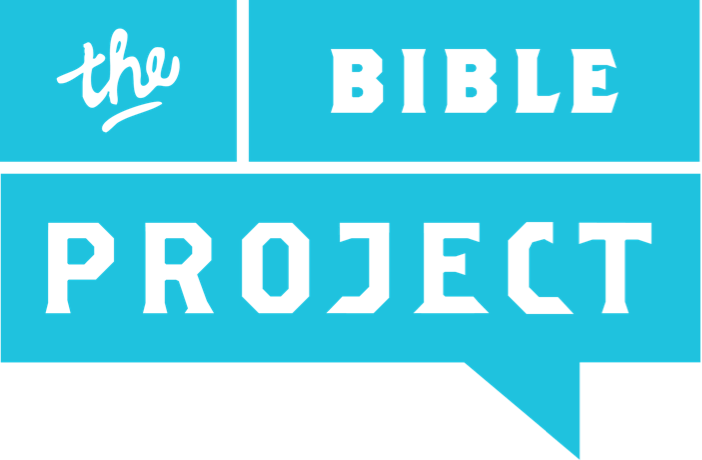When most people hear the word arthritis, the first thing that they think of is painful, swollen, stiff and achy joints. Arthritis can cause pain and swelling in the joints and can attack the joints in almost any place in the body. There are more than 100 different types of arthritis, which comprise different rheumatic diseases and conditions that affect millions of Americans daily. Arthritis is more common in individuals 65 years and older, but it can affect people of all ages.
Most types of arthritis are chronic, meaning that the symptoms can go on for a long period of time. Some of the more common and frequent occurring forms of arthritis are rheumatoid arthritis, osteoarthritis and gout.
The National Institutes of Health has published guidelines on the warning signs of arthritis.
• Ongoing joint pain
• Joint swelling
• Joint stiffness
• Tenderness or pain when touching a joint
• Problems using or moving a joint normally
• Warmth and redness in a joint
The National Institutes of Health suggests that if any of these symptoms last more than two weeks, contact your physician or a rheumatologist. Also, if you have a fever, feel physically ill, suddenly have a swollen joint, or have a problem using a joint, see your physician right away.
Get Fit!
Arthritis can disrupt the lives of an individual and their family in many different ways. The Center for Disease
Control (CDC) has reported the cost of arthritis in 2003 was $81 billion in direct medical costs and $47 billion in indirect costs (e.g. lost earnings). Your physician is your first line of defense and can determine if there are medications available to help. He/she can also make recommendations for other professionals that may be of assistance. In addition to seeing your physician, the CDC has recommended the following steps:
• Be active with the right exercises. Every individual is different. Having an exercise program that is specific to your needs can help put you on the path to better health. A healthcare professional can help develop a program that best meets your physical concerns. Activities such as range-of-motion exercises, walking, biking, and swimming have shown several benefits such as reducing pain, improved health and improved quality of life.
• Controlling your weight can lead to less stress on weight-bearing joints and the possible prevention of injuries.
There are community groups such as The Arthritis Foundation Exercise Program and Senior Services Enhance Fitness program that have community exercise interventions.
Handy Helpers
The use of energy conservation techniques and assistive technology devices can be effective strategies in the home to help reduce the impact of arthritis. At first, this can feel like a big change in your life, because you are not able to do things the way you have always done them in the past. Be patient. Once you have learned a new way to do a task, you will wish you had known about it sooner.
These are just a few of the adaptations that an individual can make. Your healthcare provider can also help explain different assistive devices and energy conservation techniques to meet your specific situation. With the proper care and a plan that includes proper lifestyle changes, physician guidance, and energy conservation and assistive devices, the pain and discomfort from arthritis can be reduced.
God has blessed you with a beautiful body. We all age at different rates due to genetics and lifestyle. As we get older, our bodies start to show wear and tear. Thankfully, God still has a plan for us, just as He always had.








